

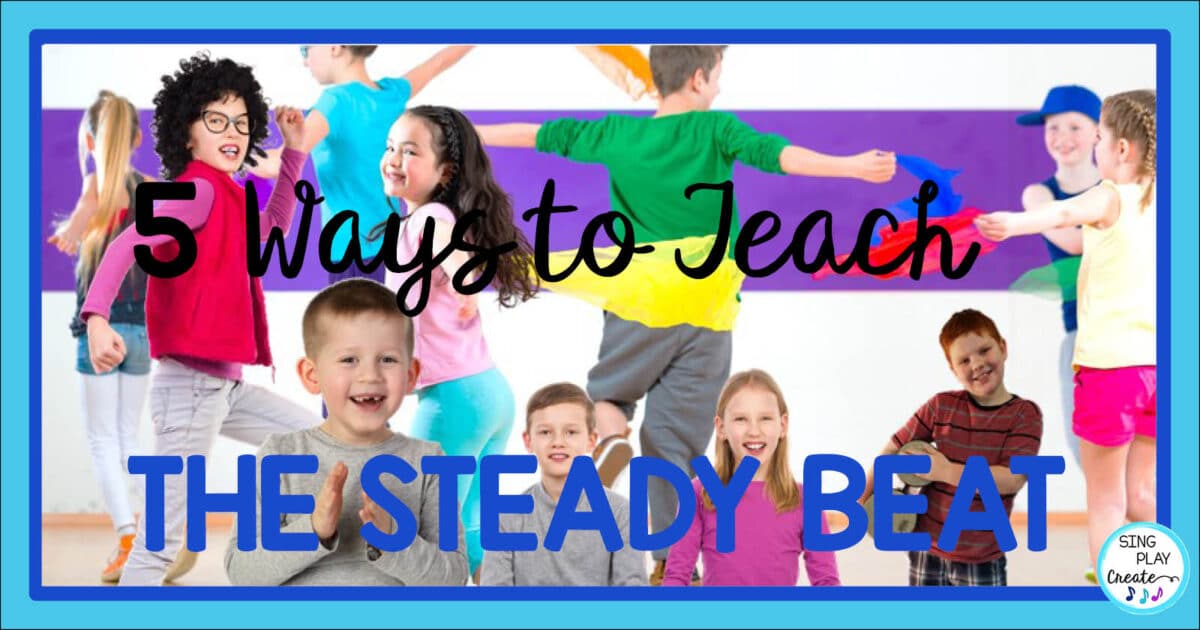
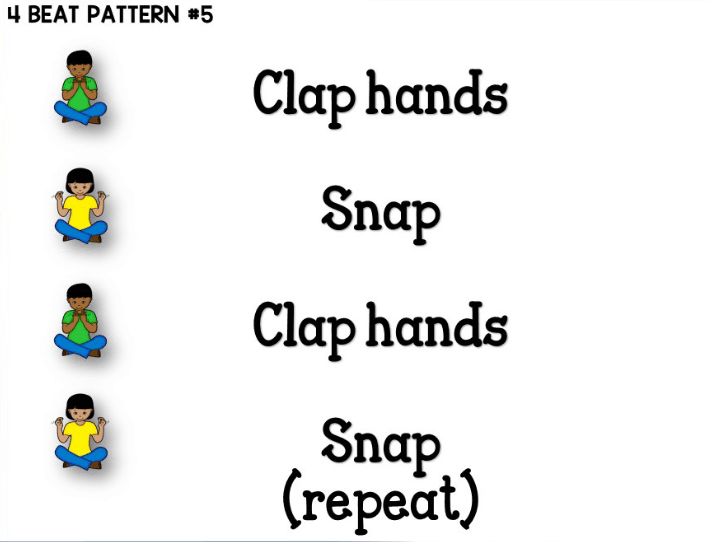
If you’re looking to go deeper and wider and get more teaching materials, you’ll want to check out this resource:
I’ve created body percussion activities for each season and month of the year. You can view all of them on the Sing Play Create YouTube Channel.

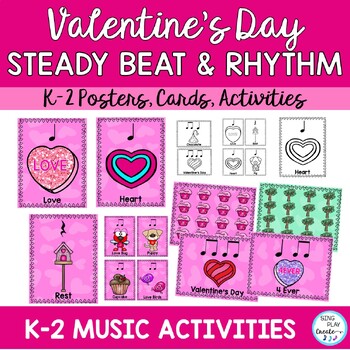
Use music and movement activities to feel the pulse of the music.
CHECK OUT these blog posts for creative movement activities you can use in the music room and in any classroom.
AWESOME, EASY AND FREE CREATIVE MOVEMENT ACTIVITIES
Coordinate movements to reflect the pulse. That’s one reason I really love the “Carnival of the Animals” by Camille Saint Saens. It’s perfect for these kinds of activities.
Other favorites:
I have my students use different movement activities that will exercise and strengthen these muscles. Large motor skills involve running, jumping, throwing, crawling, rolling, hopping, balancing on one foot, kicking, climbing.
Small motor skills involve mostly muscles in the hands and fingers and focuses on things like grasping, holding, and manipulating small objects.
Try activities like; picking up a small object, writing, stringing beads, cutting with scissors, and tying shoelaces.
Instead of making sounds as in patting, clapping and snapping, I want the students to be able to hear the music and respond to it. Miming and pretending activities are a great way to have students engaged, and use both large and small motor skills but quiet.
During the music, I will ask the students to copy me. I then perform a series of actions that will mimic things they might do in real life. For example: Pick up a baseball-squeeze it-bounce it-toss it-catch it-throw it far-catch another one (repeat)Pick up a thin paintbrush and paint a mural on the wall that includes large objects like mountains and small objects like butterflies. Putting on winter clothing-first the coat-button it-scarf-wrap it-hat-pull it down-boots-pull them up-gloves make sure each finger is snug-go outside-make some snowballs-build a snow-fort-toss the snow balls-skate on ice.
Do a series of actions that begin small, then get big, then get small again, like the planting of a seed, the growth of the plant, the harvesting and withering. Weather: rain falling with fingers wiggling and arms moving up and down, wind blowing big arms over head, down to the ground, side to side and cross ways. There are many, many fingers plays that can be used for this activity. I find that if I create a scene it’s pretty easy to make up the movements.
Then I will ask students to lead us. I ask them to tell me in a whisper where we are (at school, park, Disneyland?) and what we are doing. That way I can help out if needed. I’ve found that incorporating movement activities in almost every lesson is important because the students need to have enough experiences with feeling free in their movement so that they are not inhibited or nervous.
Here are the free Movement card that I use in my steady beat activities.
Grab this freebie and share how you are using it in your classroom! It’s also great for Freeze Dance. Don’t forget to rate it at the store-please:) MOVEMENT ACTIVITY “Feel the Beat”
Ready to get the STEADY BEAT going in your classroom? You can use our Steady Beat Flash Cards and Rhythm Activities with these Free resources.
FALL STEADY BEAT AND RHYTHM ACTIVITIES RESOURCE
MUSIC STEADY BEAT AND RHYTHM ACTIVITIES RESOURCE: SCHOOL THEME
Using props is another way to help students gain a sense of the pulse or steady beat. I use scarves and ribbons to help students show the beat.
I also use Stretchy Bands to help students feel the beat. As part of our train lesson I finish up with a Stretchy Band Train Activity. You can read more about Stretchy Bands Here: “Stretching Learning with Stretchy Bands.” I gather students in a circle and give them a spot on the band to hold. Then I tell them we’re going to be a train. I ask students to hold the band on their color and help move the train through the countryside. I tell a little story to them as we ride the train meanwhile bouncing the stretchy band up and down as we walk around the circle.
The think I like about using props to teach the steady beat is that they help the students who learn best visually. Seeing the scarves, and stretchy band go up and down on the beat is another great way to help students sense the pulse of the beat. What kinds of props do you like to use?
Stretchy bands are an effective movement prop to teach steady beat. Here are some of our Stretchy Band activities.
Get your students moving and learning with Stretchy Bands using the upbeat songs NOW WITH VIDEOS -along with additional activities in this Stretchy Band Bundle! Professionally animated videos that your students will LOVE! You’ll find 5 action songs and videos with colorful presentations, teaching ideas and activity directions along with 65 Movement Posters and 16 additional activities to easily implement Stretchy Band activities into your lessons, activities and curriculum. Build classroom community, teach concepts, move little bodies using one fun resource! The songs and activities are best for ages 4-10.
LINK TO THE STRETCHY BAND RESOURCE ON TPT
LINK TO THE STRETCHY BAND RESOURCE ON OUR SITE
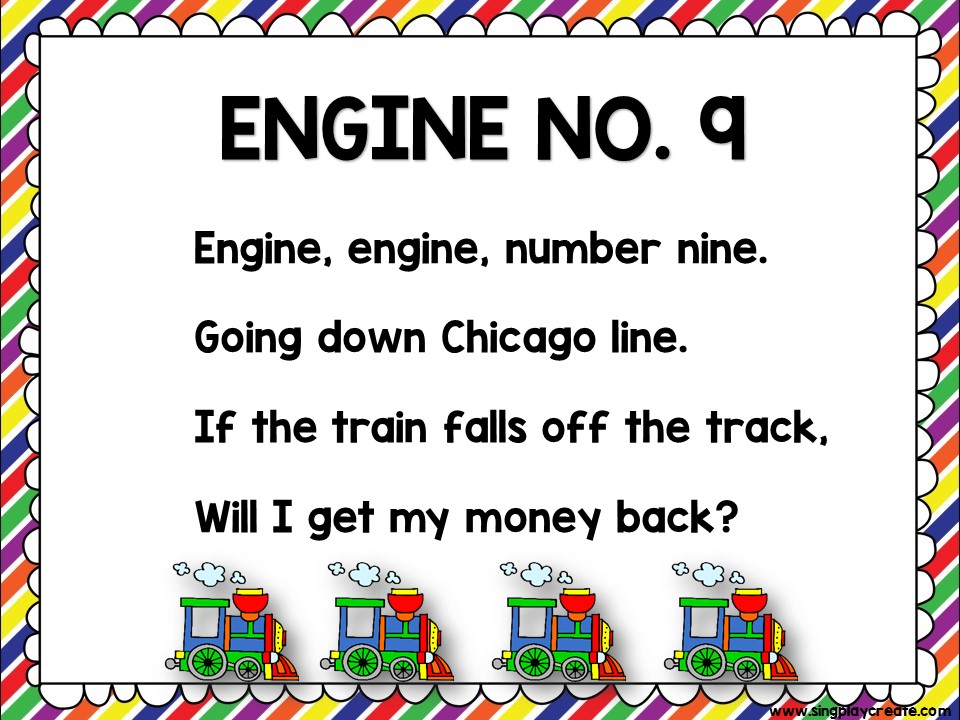
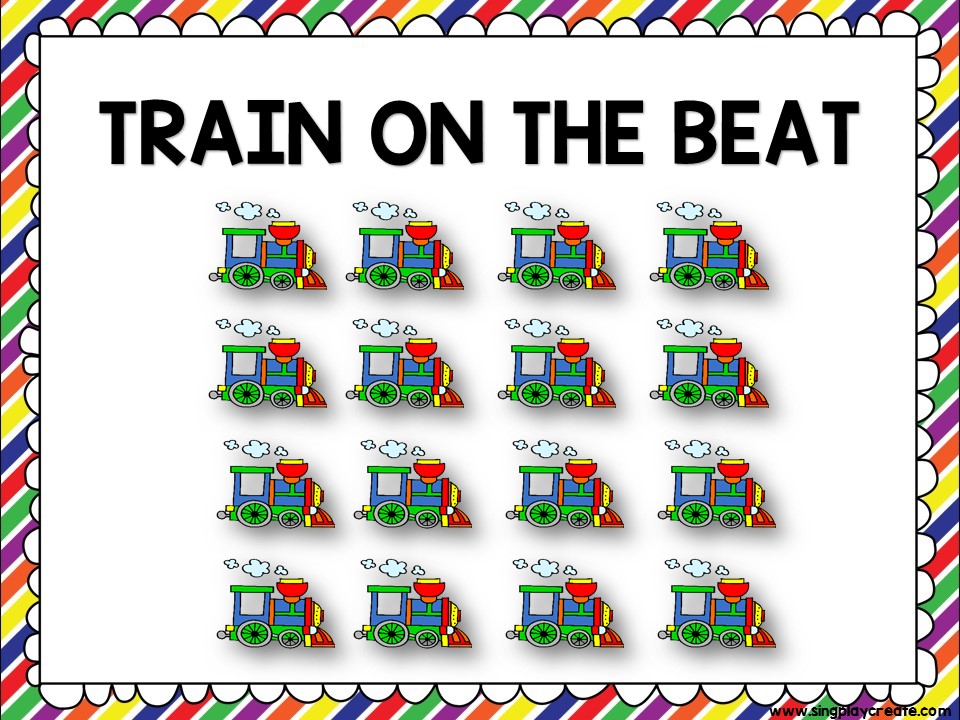
Students can practice playing the Beat on their knees and later with their feet. I chant as the students pat the beat. Then I teach students long and short sounds using rhythm symbols. Show them that sometimes there is one sound on the beat and sometimes there are two sounds on the beat. Have them chant as they play the beat on their knees.
>Here are some ways to incorporate creative movement activities for Engine No 9 and other train songs:1-Move around the circle marching on the beat as students chant.
2-Some students play hand drums on the beat as the class marches on the beat.
3-Use a Stretchy Band as a train and march on the beat.
4-Assign students to be the “Conductor”, the “Train Cars”, the “Caboose”. Choose one student to be the conductor. Have that student lead the class around the room in snakelike patterns. Ask the conductor to go UP the mountain, DOWN the mountain, LEAN to the RIGHT, LEAN to the LEFT, STOP and GO. Encourage everyone to follow the conductor. Sometimes I’ve used scarves for students to hole to connect the train.
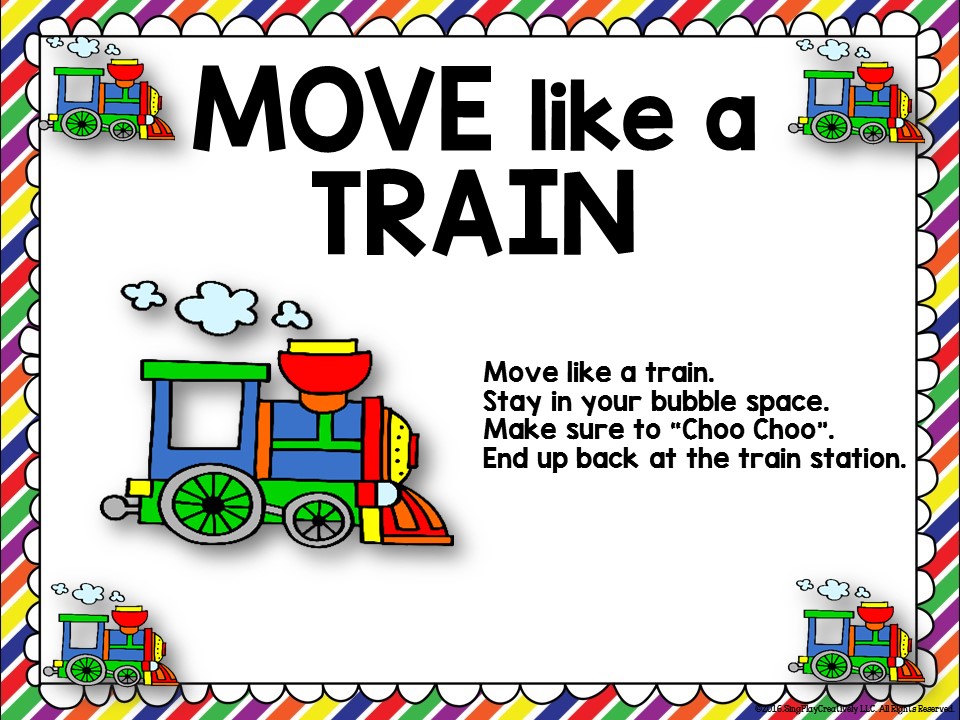
If you subscribe to my newsletter, you’ll be able to get this resource with lesson ideas and more teaching pages in the FREE RESOURCE LIBRARY!
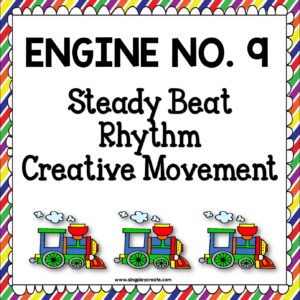
Some more great train songs I like to use are:
Mbombela, an African train song. LINK which will take you to Old School Music Lover with some information and nice sound tracks in the video. And there’s also, “The Little Train of Caipira” in addition to;
Get on Board Little Children
This train is bound for Glory, This train
Little Red Caboose
This is a favorite First Grade Chant that I use to review and/or teach steady beat. Later I combine Rhythm and Beat together. For now, I just focus on the beat. I combine some of the train activities from the Kindergarten lesson because many of my students are new, and they LOVE the activities. My students love this chant because we change our voices using Low when the question is asked and High for the answer. Teach students long and short sounds using rhythm symbols. Show them that sometimes there is one sound on the beat and sometimes there are two sounds on the beat. Have them chant as they play the beat on their knees.
Older students love to talk about PIZZA! (And if they don’t-they’ll tell you what they like to talk about!) this Here’s an example of how you can use things that your students like to help them relate to feeling the steady beat.
This is a generic printable that I use with my students for the sixteenth note (pepperoni). You can get FREE WORKSHEETS by SUBSCRIBING to the SING PLAY CREATE RESOURCE LIBRARY.
Sing Play Create offers over 750 Music, Movement and Literacy Activities for educators. If you are a music educator, you’ll want to take a look at our Music Curriculum for grades K-6.
Elementary music lesson bundle with ready made activities. Imagine having music lessons for the entire school year for the general music classroom? With the Year Long Music Lesson Bundle of Bundles, you’ll be able to embellish your existing curriculum, or kick-start one with the concept based music lessons, songs, games, activities centered on themes throughout the school year.
This elementary music bundle has the materials for lessons, movement, and music programs. You’ll get planning pages to help you coordinate your entire year’s curriculum based on your own scope and sequence. Each monthly music lesson bundle includes materials for Kindergarten through sixth (6th) grade.
Ready to have a curriculum full of fun chants, songs, games, worksheets, video and audio files?
Get the Sing Play Create Music Lesson Bundle K-6 at the TpT Store now.
Later I’ll use instruments to help students feel the beat. Any of the above lesson ideas can be used with instruments. Using instruments is a great way to extend the lesson using the same materials giving students a different experience feeling the beat. One idea is to allow just a few students to play the instruments as the rest of the class sings or chants or moves. Then switch students. I like to use these instruments to help my students begin to feel the beat.
I really like the REMO BRAND- I had instruments in my room for 20 years and they held up really well!



Use listening activities to help students feel the steady beat. The pulse of the music is felt from within the student. It’s not something we as teachers can “make” them get. Since young children are still developing the coordination of large and small motor skills.
You may want to use the SING PLAY CREATE Instrumental Background Tracks.
INSTRUMENTAL MUSIC TRACKS
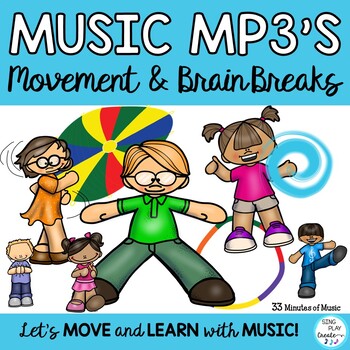
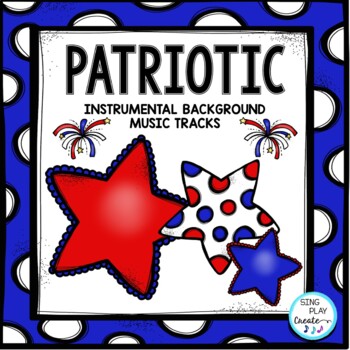
By incorporating activities that engage my students through aural, kinesthetic and emotional applications, I will be giving them many opportunities to gain an inner sense of pulse. Here’s my FREE “HEATBEAT” STEADY BEAT LESSON which incorporates all five ways to teach the steady beat.


Hi there! I’m Sandra, one of the authors behind Sing Play Create. My goal is to provide teachers with interactive resources and activities to improve the effectiveness of their teaching and enhance student learning.
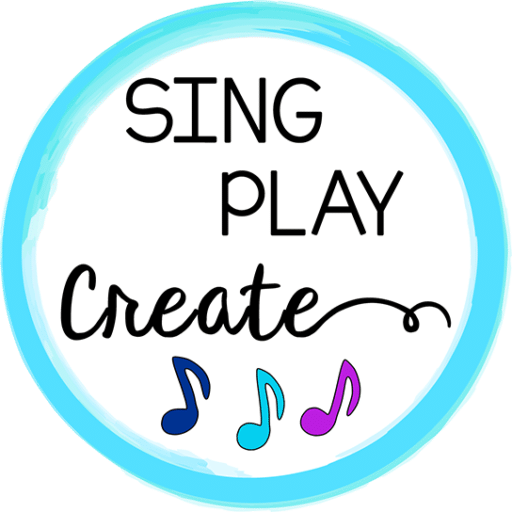
© 2022 Sing Play Create. All Rights Reserved.
9 Responses